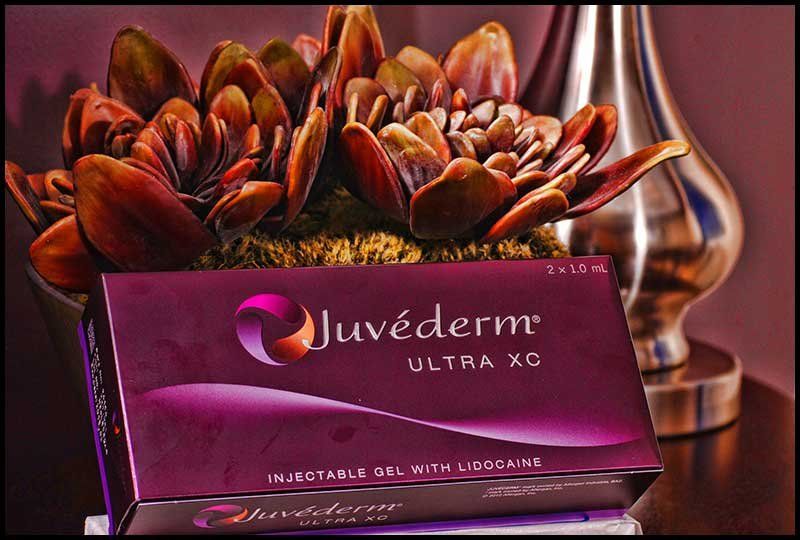

Aug 31
Juvéderm is commonly used for liquid facelifts.
Do an online search for "liquid facelift" and you'd think the procedure was meant for everyone. Celebrity rags are claiming it's the beauty secret of Hollywood stars. MediSpas, dermatology clinics, and even family practices are touting its benefits. With all the hype liquid facelifts are getting, I think it's time we discussed a few myths about this trendy procedure.
A liquid facelift is a non-surgical procedure where the doctor makes a series of injections in strategic areas on your face. Using needles and syringes, the doctor injects soft tissue fillers (like Juvéderm, pictured above) in order to add volume where needed. The entire procedure takes less than an hour and the results are immediate. You leave looking more toned and youthful, with plumper lips, fuller cheeks and smoother skin around the nose and mouth.
What's not to love, right?
Liquid facelifts are a great option for some people. I offer them at my practice and have seen great results. But there are four popular myths that you should know the truth about before you decide to get one.
Some websites tout liquid facelifts as the better alternative to surgical facelifts. One MediSpa states, "a liquid facelift prevents that 'pulled tight' look that can occur with a traditional facelift."
This is simply not true. Cosmetic surgery should never result in a "pulled tight" look when done properly by a skilled facial plastic surgeon. Sites that say otherwise usually do not offer cosmetic surgery (because they do not have a surgeon on staff) and are trying to steer you towards the services they offer.
During consultation visits with my patients, we talk about the "look" they want to achieve through cosmetic surgery. No one wants a "pulled tight" or "plastic" look. Most often, they want to appear younger and more vibrant to match how they already feel on the inside.
If anything, a surgical facelift, also called a rhytidectomy, provides more natural-looking results because it adjusts your muscles and skin, whereas a liquid facelift injects material underneath your skin to temporarily address the underlying problem.
It's true that a liquid facelift can cost up to 70% less than cosmetic surgery. But, you have to keep in mind that the results are only temporary. The soft tissue fillers that are used in a liquid facelift are natural compounds that break down over time. To maintain the same look, you'd need to get a liquid facelift every 1-2 years. All of a sudden, that makes the price look a little different, right?
With facelift surgery, you may be paying significantly more upfront, but the results are permanent. You are figuratively turning back the clock on aging by up to 10-15 years and will continue aging from that point.
Instead of getting a liquid facelift every 1-2 years, it may make more sense financially to get a rhytidectomy using a payment plan that spreads the cost out over several months.
In California, only medical doctors, nurses, nurse practitioners and physician assistants (under physician supervision) are legally allowed to inject soft tissue fillers. When used properly by an experienced medical doctor, soft tissue fillers produce excellent results and are safe, with very few side effects or complications (although skin discoloration, tissue necrosis and even blindness are known to occur). However, liquid facelifts require skill and a deep understanding of the facial anatomy and the delicate relationship between soft tissue and bone. Trust your face to an expert - someone dedicated to your safety with state-of-the-art facilities and who will use only FDA-approved products purchased in the U.S.A.
This is the biggest myth of them all.
There are three main determinants of the aging face:
Now think about what a liquid facelift involves: fillers injected under the skin. Which of the above does this address? If you said volume loss, you are correct.
Facelift surgery can address all three factors of aging. It is one of the most effective cosmetic procedures available for turning back the clock on aging for the lower face and neck.
Liquid facelifts are a great option for some people, but it is important to keep in mind that they are temporary solutions that primarily address facial volume loss. If you've been considering soft tissue fillers or cosmetic surgery, I'm happy to guide you to the decision that is right for you and your unique facial structure. Call (858) 381-4801 to schedule a consultation.